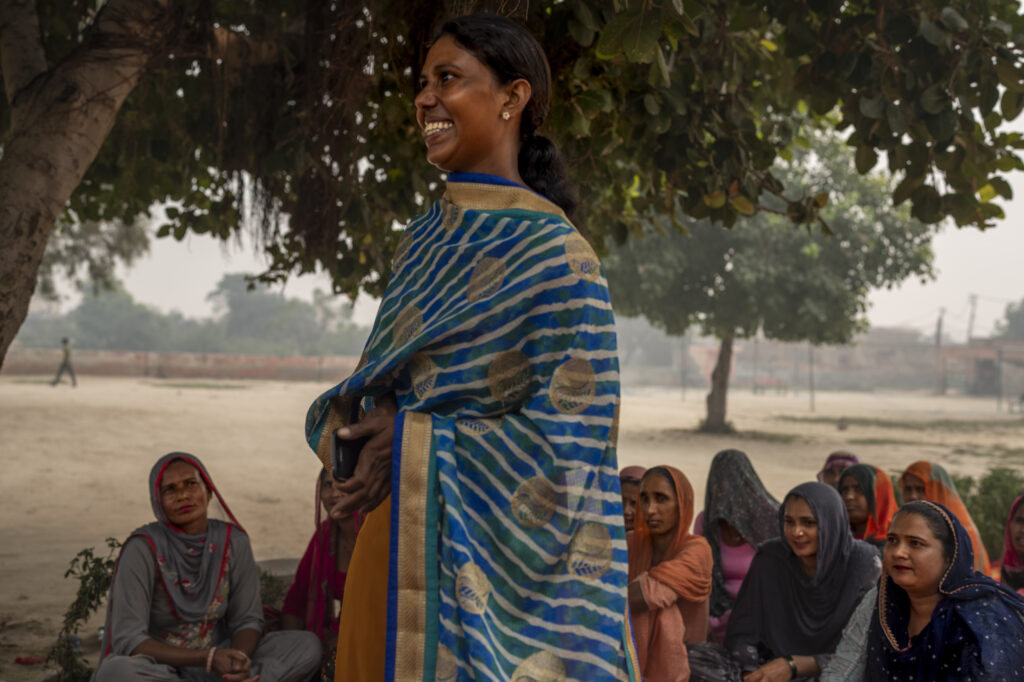In an era where climate responsibility and rural prosperity must go hand-in-hand, Boomitra has emerged as a prime example of innovation in action. This company bridges advanced technology, regenerative agriculture, and voluntary carbon markets – benefiting smallholder farmers, sequestering carbon, and unlocking meaningful revenue.
Let’s dive into Boomitra’s story, exploring their journey, impact metrics, and the financial implications of their ground-breaking model!

Founded in 2016 by Caltech alumnus Aadith Moorthy, Boomitra (Sanskrit for “friend of the earth”) is a mission-driven startup headquartered in San Mateo, California. The company focuses on regenerative agriculture, specifically soil carbon sequestration, in the Global South, including regions such as India, Mexico, Kenya, South America, and Brazil.
As of late 2024:
Boomitra’s approach won the 2023 Earthshot Prize, an internationally acclaimed environmental award and earned recognition in TIME100 Most Influential Companies 2024.
Boomitra partners with farmers across multiple countries to implement proven regenerative practices:
Besides boosting carbon sequestration, these methods also improve soil health, retain water, increase biodiversity, and uplift farm productivity. By aligning climate goals with farm economics, Boomitra motivates farmers to adopt sustainable change.
A key innovation in Boomitra’s model is its hardware‑free carbon measurement system, which drastically cuts costs and scales effectively:
This model slashes field sampling costs by over 90%, making verification diffusion across small plots feasible. Faster, cheaper, and scalable—their tech redefines carbon accounting in agriculture.
Once verified, Boomitra facilitates:
Collaborations with partners like DP World have scaled initiatives in Mexico, South America, India, and more.
By redistributing credit revenue, Boomitra promotes sustainable income, food security, and climate resilience for vulnerable farming communities.
Boomitra’s roadmap outlines:
By adding carbon advice services, micro‑financing, and agronomic tools, Boomitra aims for deeper impact and climate‑resilient livelihoods.